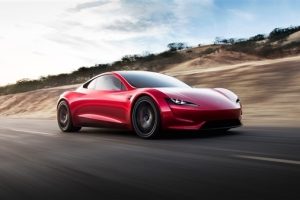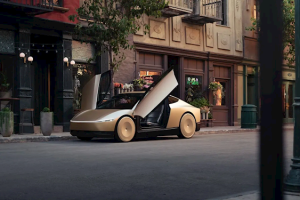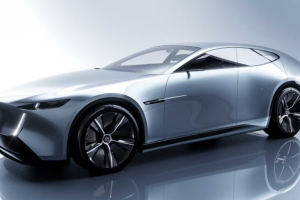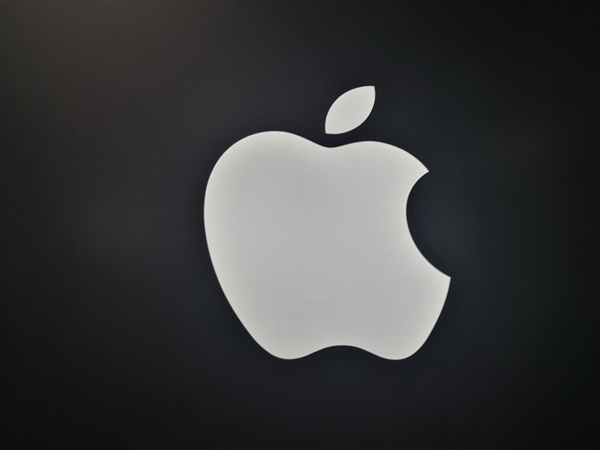May 31, 2024 – As SpaceX gears up for its highly anticipated fourth test flight of Starship on June 5, Elon Musk, the company’s leader, has refuted claims that SpaceX subsidizes its Falcon 9 rocket rideshare and other launch missions. This rebuttal comes in the wake of allegations made by a competing CEO, who accused SpaceX of selling rocket launch services below cost, thereby squeezing out industry competitors and putting SpaceX in the spotlight.
In his comments, Musk also highlighted a critical issue facing Starship, which could potentially hinder the secondary rocket from achieving its set goals during the upcoming IFT-4 test.

While Musk didn’t divulge specific cost details regarding Falcon 9 rideshare launches, he firmly denied that SpaceX operates at a loss. 2024 is poised to be a record year for Falcon 9 launches, with SpaceX already conducting 56 missions to date. According to Musk, “not a single rideshare mission has lost money,” indicating that SpaceX does not subsidize these or other launch services.
Starship, renowned as the world’s largest rocket, holds another distinction: it’s the first rocket with a fully reusable second stage. This sets it apart from the Falcon 9, eliminating the need to build a new second stage (and engine) for every launch. However, Musk revealed that the “final major hurdle” in achieving Starship’s full reusability lies in its heat shield.
Tackling this challenge, Musk explained, requires “trial and error” and the establishment of a new supply chain to manufacture cost-effective components. A crucial constraint in designing the reusable heat shield is its weight. Currently, SpaceX “can’t afford to lose any part of the heat shield during most missions, as the secondary protection material might not withstand the pressure after detachment,” Musk noted.
A key aspect of designing the heat shield involves simulating various scenarios to identify weak points. Musk emphasized that SpaceX can only identify these weaknesses “through actual flights.” A critical objective of the fourth Starship test flight is to “control Starship’s re-entry into the atmosphere,” a feat that hinges on the heat shield’s ability to withstand all atmospheric pressures.












